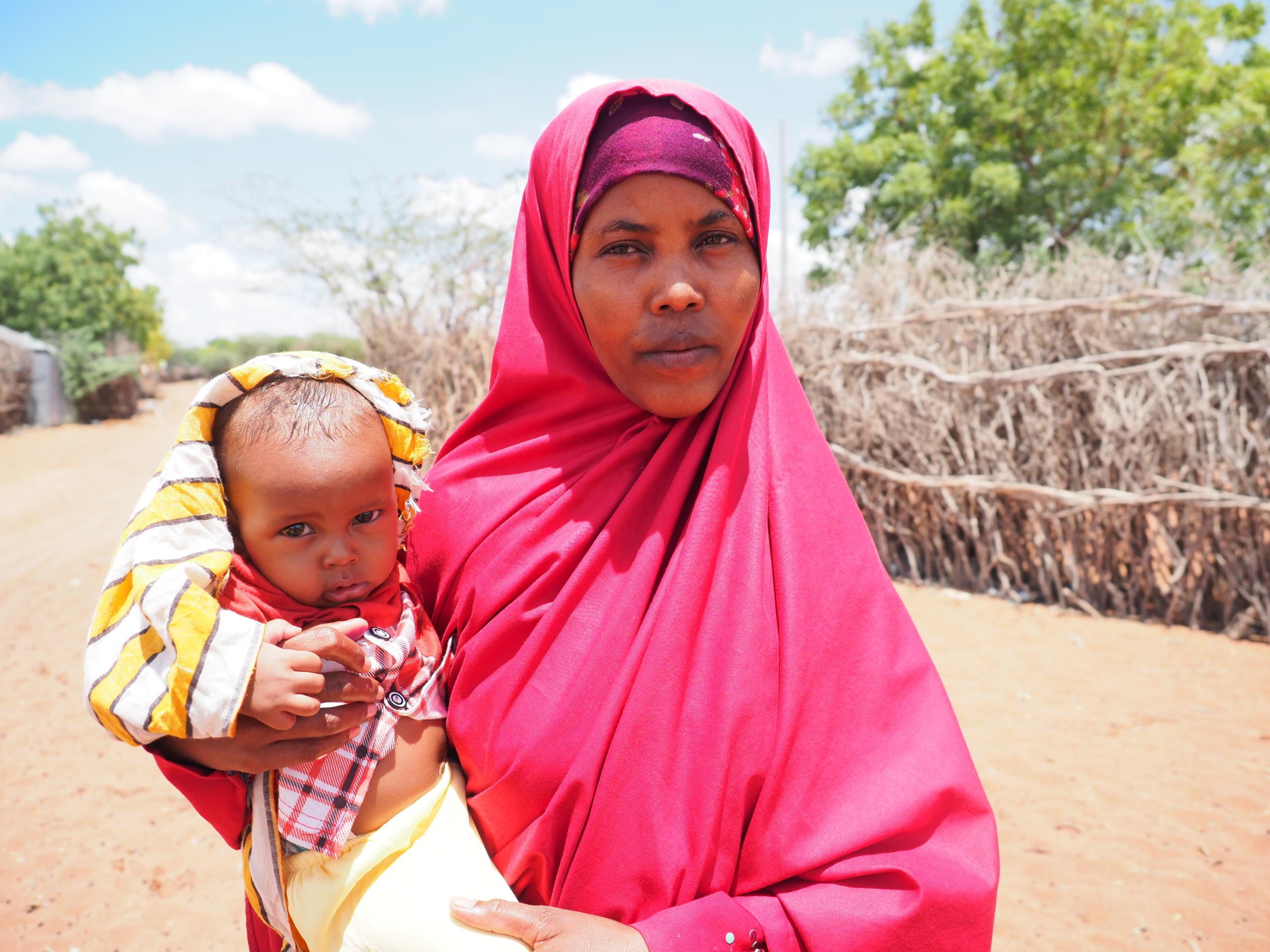Dadaab is situated in eastern Kenya and has been hosting refugees, mostly from Somalia, since civil war broke out in 1991. At one time, Dadaab was considered the world's largest refugee camp as close to 500,000 refugees sought shelter following the outbreak of famine in Somalia in 2011. Today, the total number of refugees stands at 235,269.
We talked to those who were planning to repatriate to Somalia and to those who did, but came back and regretted their decision to ever leave Dadaab.
“There is no work here”
Having no regular income or citizenship rights is forcing Ali, 34, and other young Somali refugees living in Dadaab Refugee Complex to make a drastic, life-changing decision.
“There is no work here, services are getting reduced and we have no opportunities to make a business or life for my family,” he explains.
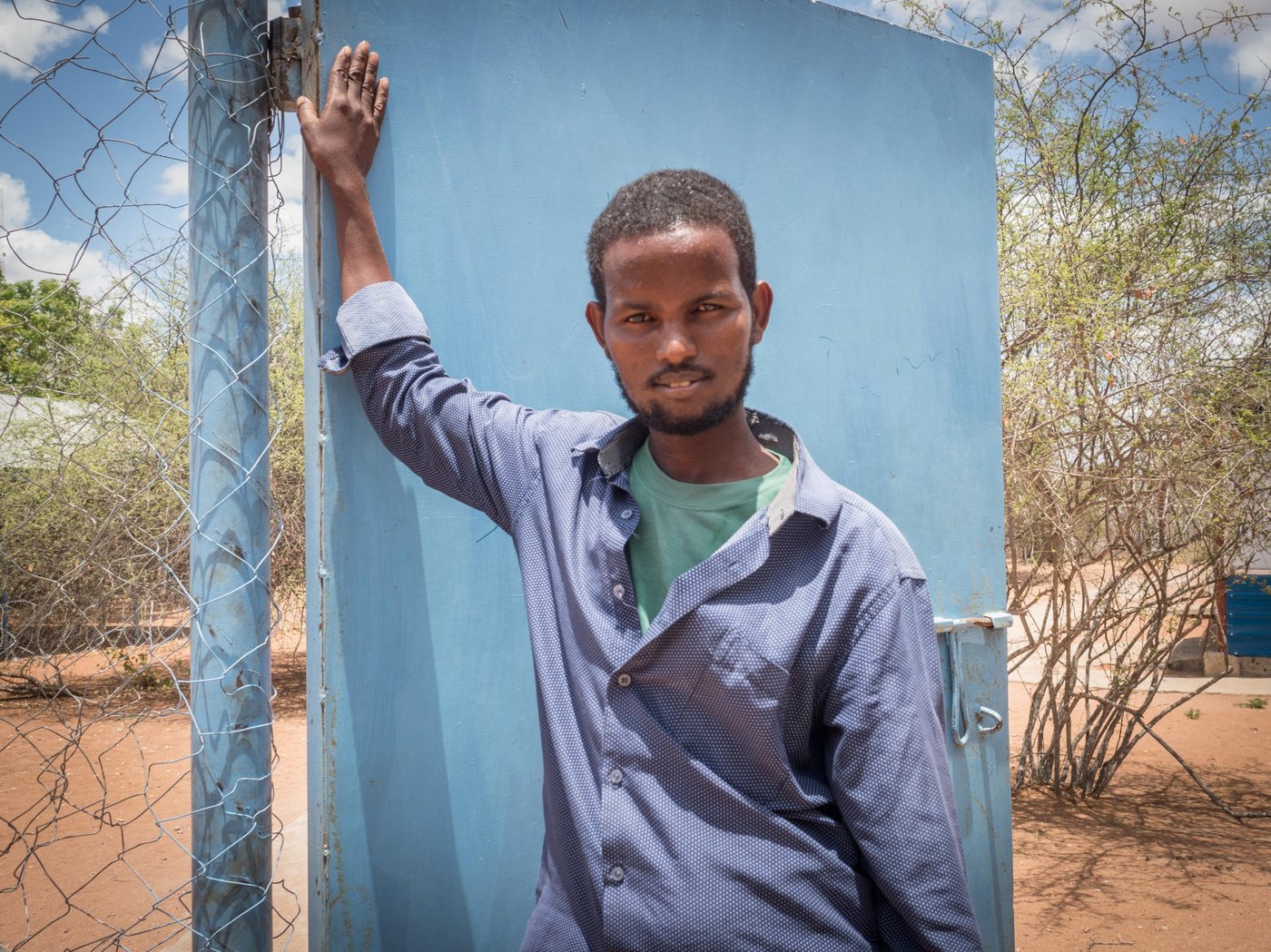
Ali fled across the Kenyan border with his family when civil war broke out in Somalia in 1991 and he has lived here ever since.
“I saw people killed when I was young. I cannot recall anything else about Somalia, only that bad time and I was happy when we got to Kenya. I felt safe.”
When opportunities dry up for young people, the determination to succeed gets stronger, no matter where they live.
“We are moving to Kismayo. It is safe there and I feel I have more opportunities.”
Ali is planning voluntary repatriation and will return to Somalia after living most of his life in Dadaab.
The Kenyan government and UNHCR run a voluntary return programme, which includes a small financial package, for Somali refugees willing to go home and set up a new life in their country of origin. Inevitably, many refugees face endless and often dangerous challenges when returning to their conflict-ridden country of origin.
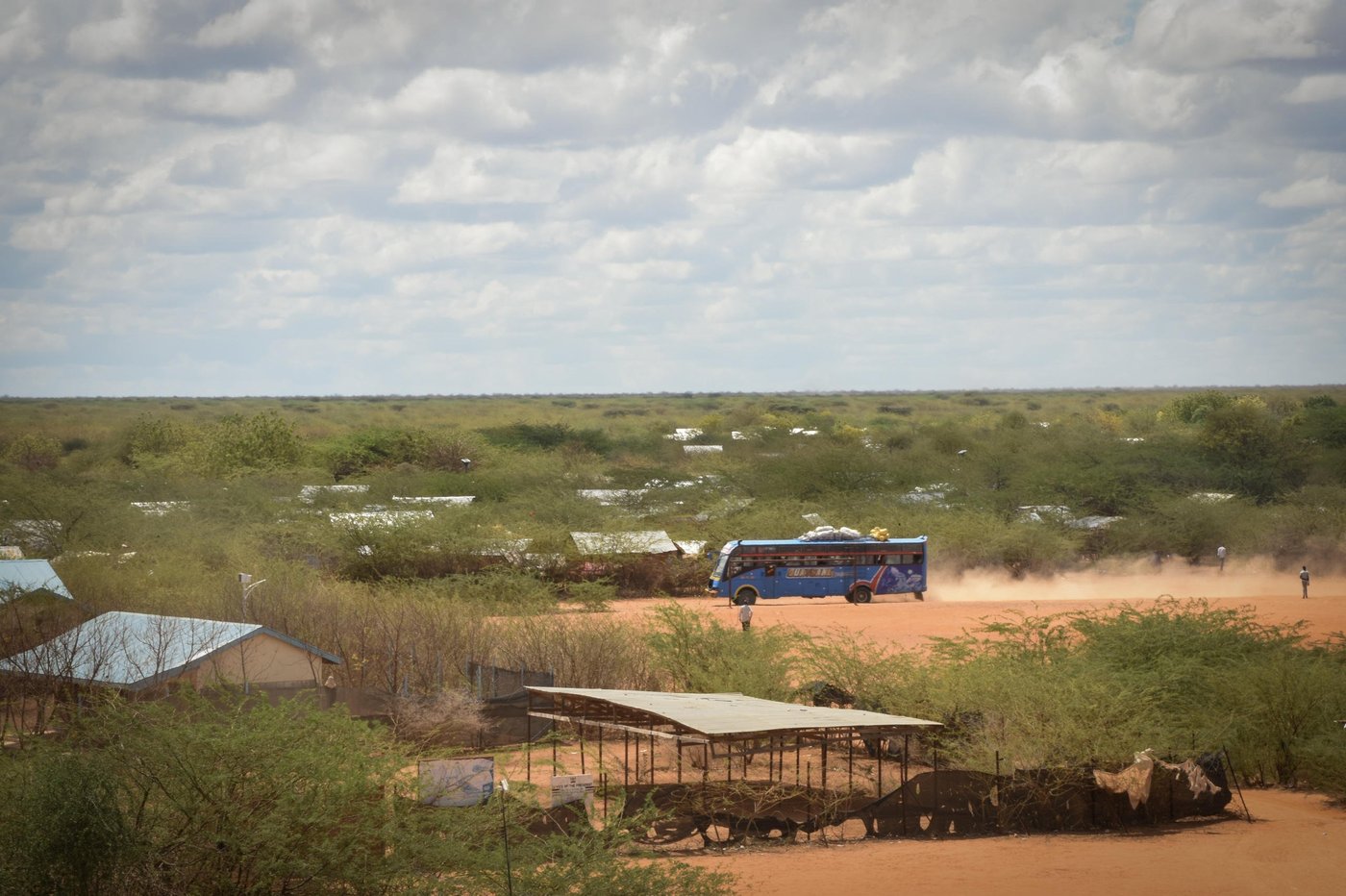
Conflict and drought
The risk of displacement, a lack of infrastructure and basic services, access to land and property rights coupled with conflict and drought make Somalia an almost unthinkable destination to start a new life.
According to the UNHCR, a total of 83,248 Somalis have been assisted in returning to their homeland from Kenya since the voluntary repatriation programme was launched in 2014. Nearly 2,900 individuals, that they know of, have made their way back to Dadaab for various reasons.
But thousands like Ali are still prepared to take a dangerous gamble on their destiny.
The threat of the Kenyan government closing Dadaab refugee complex after almost 30 years is also a determining factor on why young refugees decide to leave.
“We hear this all the time about the closures. It is the same story every year,” Ali says.
In 2016, the Kenyan government announced that it would close Dadaab but the high court deemed it unconstitutional and overruled the decision a year later.
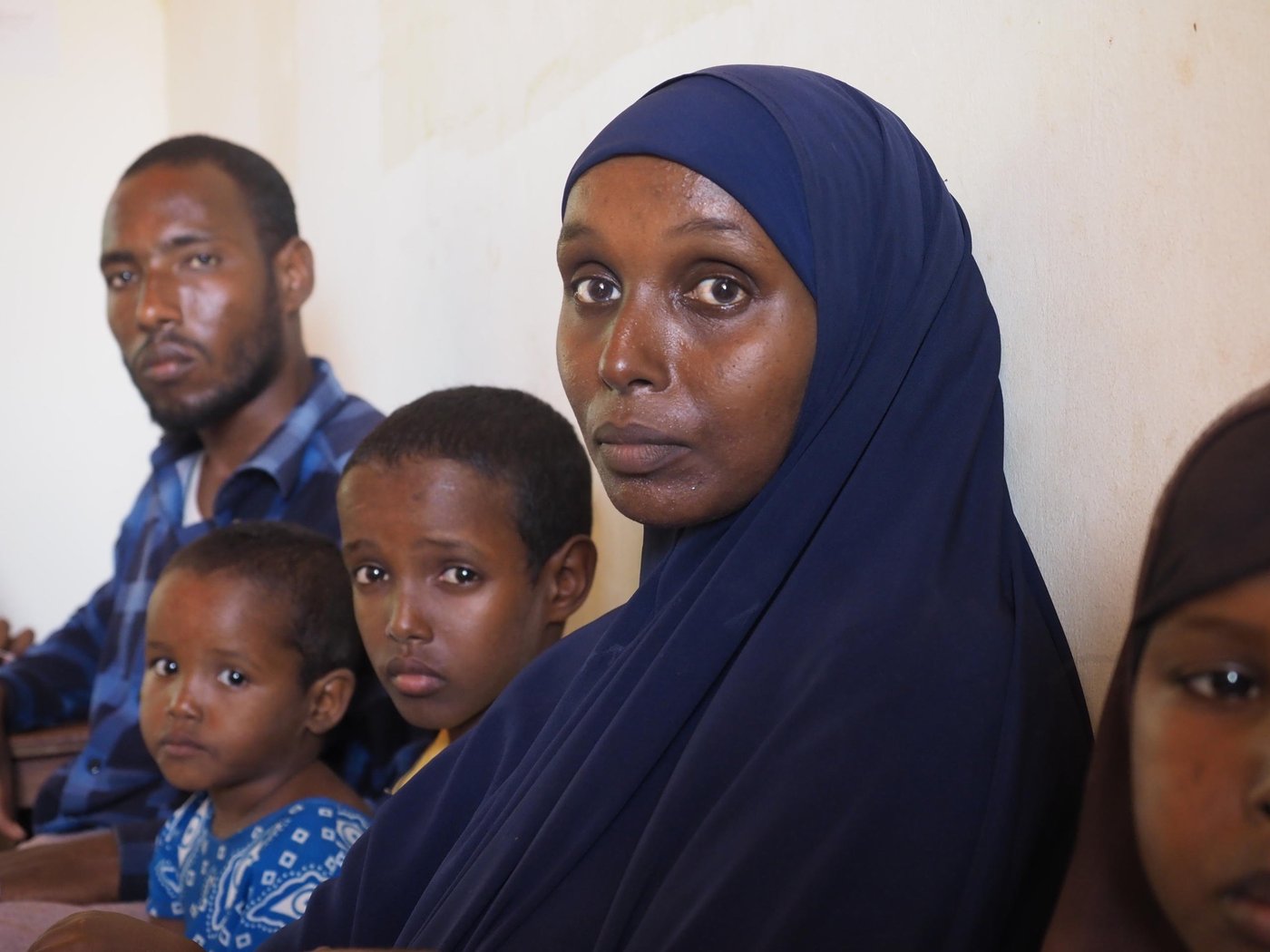
Time to leave
Mohamed Mochta Ibrahim, 33, and his family sit in a UNHCR repatriation centre where they are proceeding to the next stage of the repatriation process before leaving for Somalia.
“I feel it is the best time for us to leave,” he said. “The basic services are getting so scarce in Dadaab, which makes us think they are planning to close. We cannot wait on this and I want to make it work for myself and my family so I have to have hope that Somalia has a better life for us.”
His wife Luul Noor, 28, sits patiently with their four children at the UNHCR centre.
“I am concerned about my children not getting access to education. I did not receive an education when I lived in Somalia so I'm worried my children will have a similar start in life. But inshallah, we have to have hope that life in Somalia will be better for us.”
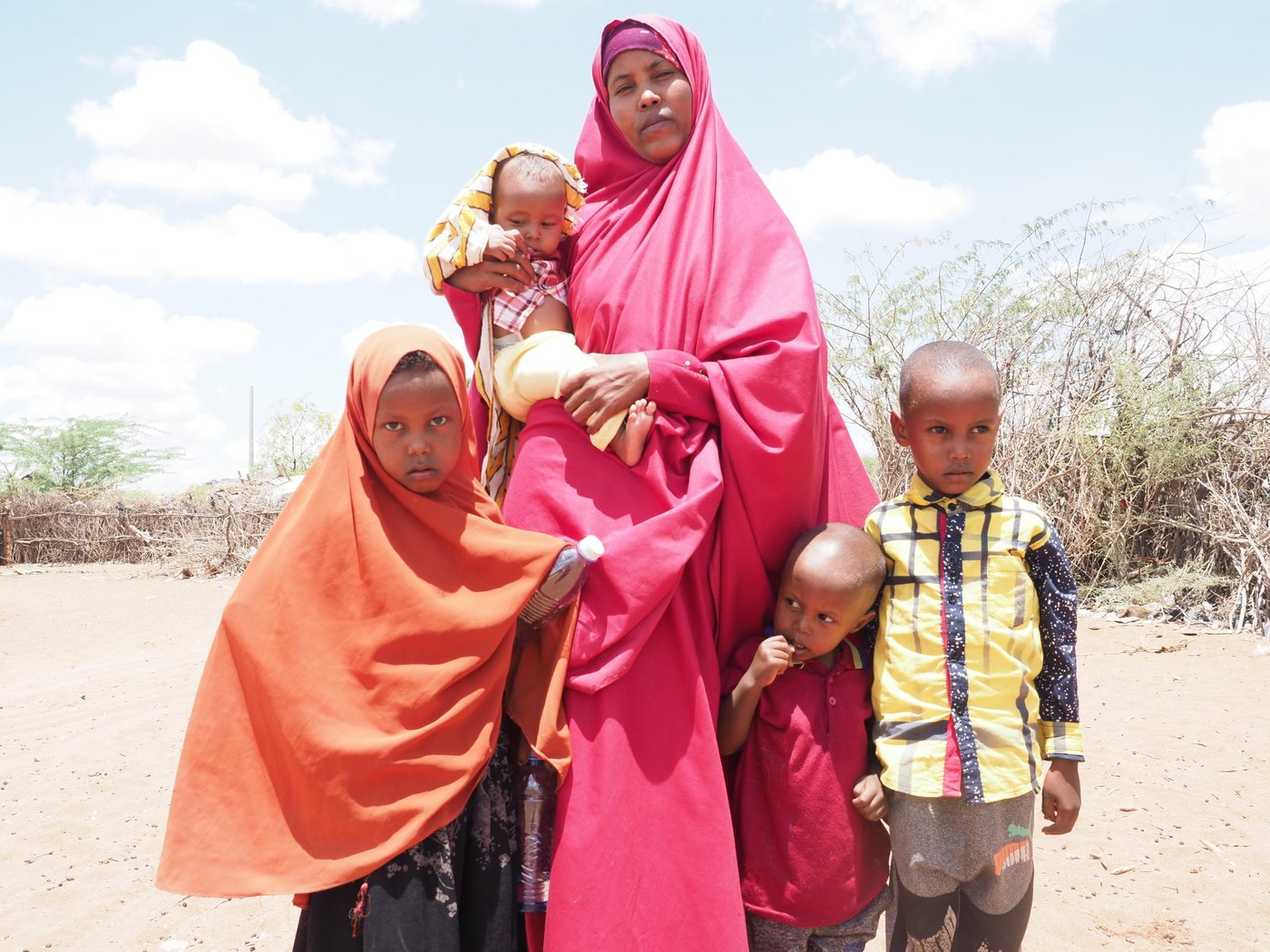
Halima Ahmed, 24, is going back to Somalia to be with her husband, who has gained employment. She is moving to the Lower Juba area, where conflict is still present. Her children Saadia, 7, Shueb, 3, Mohamed, 8, and 18-months-old Mascud sit quietly in the centre munching on a bag of peanuts they share between them.
“I came from Somalia in 2010, just before the famine. All our animals died and it was a sad time. I remember my father saying we will never be back in Somalia.”
Halima admits that if her husband wasn't in Somalia, she would stay in Dadaab.
“I would stay here yes because I know that my children will be safe.”
Latest figures from REACH reveal that 46 per cent of Somalis living in Dadaab say they are unwilling to go back permanently.
If the Kenyan government say to me that you need to go back to Somalia, I will tell them, you go back to Somalia for one day and see how you like it then come back to me. In Somalia, my children could not sleep at night, they were too scared, but in Dadaab they can sleep. I don´t want to go back to a place that is not safe. There is no life for anyone in SomaliaFadumo Abdula, 31.
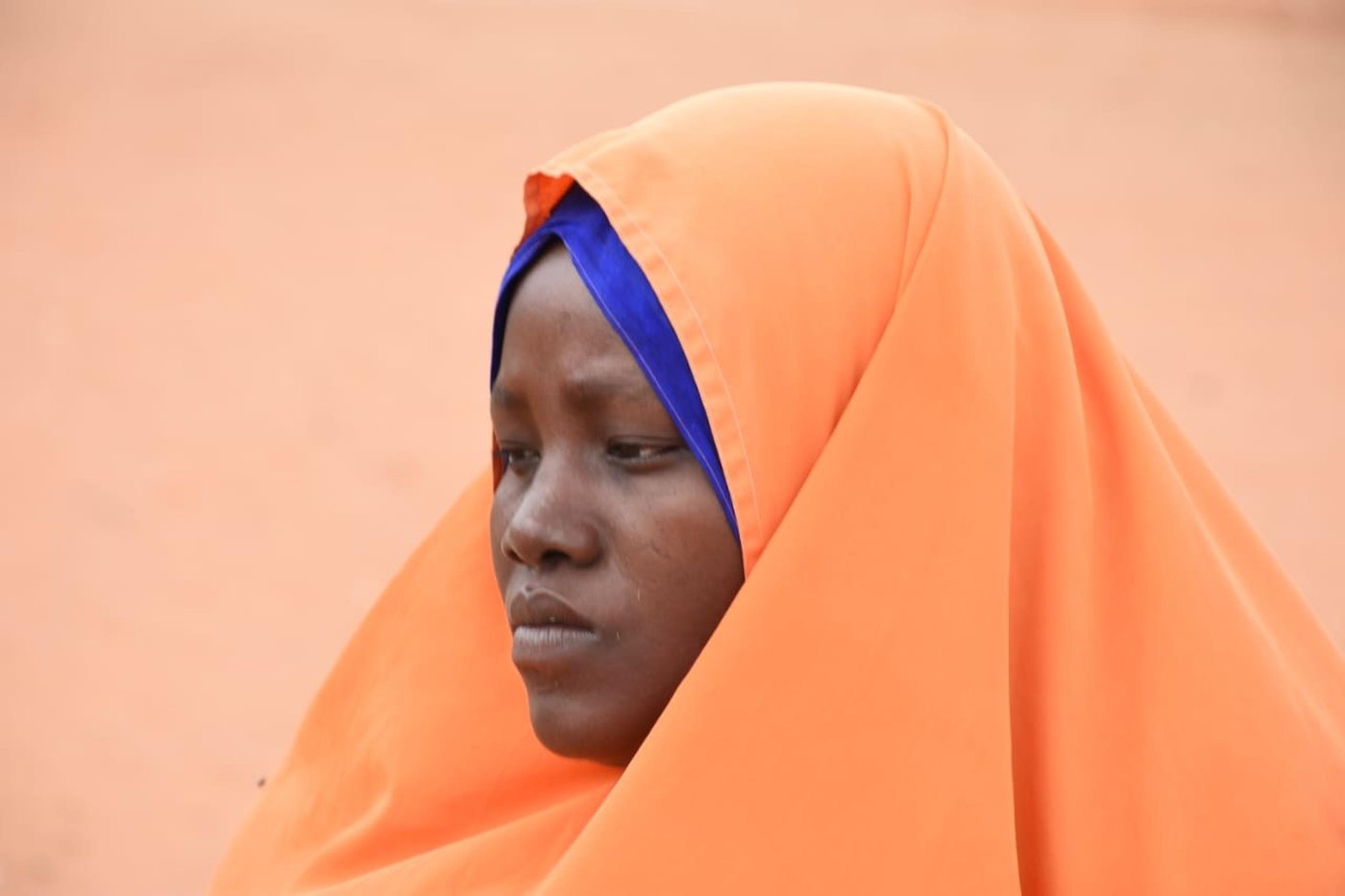
Fadumo Abdula, 31, repatriated two years ago with her family but returned after ongoing violence in the capital Mogadishu became too much to bear.
“I was born in Mogadishu and I left because of the conflict. My father died in an explosion and we fled to the border because we were told life in Dadaab would be better. After a couple of years in Dadaab, we went back to Somalia following the election of the new president. Everyone thought it was peaceful because we heard it from the radio stations and our relatives.”
But she instantly regretted ever leaving Dadaab because she can no longer access services after repatriating.
“When you return you don't have the same rights as the refugees who don't leave,” she explains.
Fadumo has no plans to leave Dadaab for Somalia again and wants to live in a place where her children can sleep in peace.
"If the Kenyan government say to me that you need to go back to Somalia, I will tell them, you go back to Somalia for one day and see how you like it then come back to me. In Somalia, my children could not sleep at night, they were too scared, but in Dadaab they can sleep. I don't want to go back to a place that is not safe. There is no life for anyone in Somalia.”


